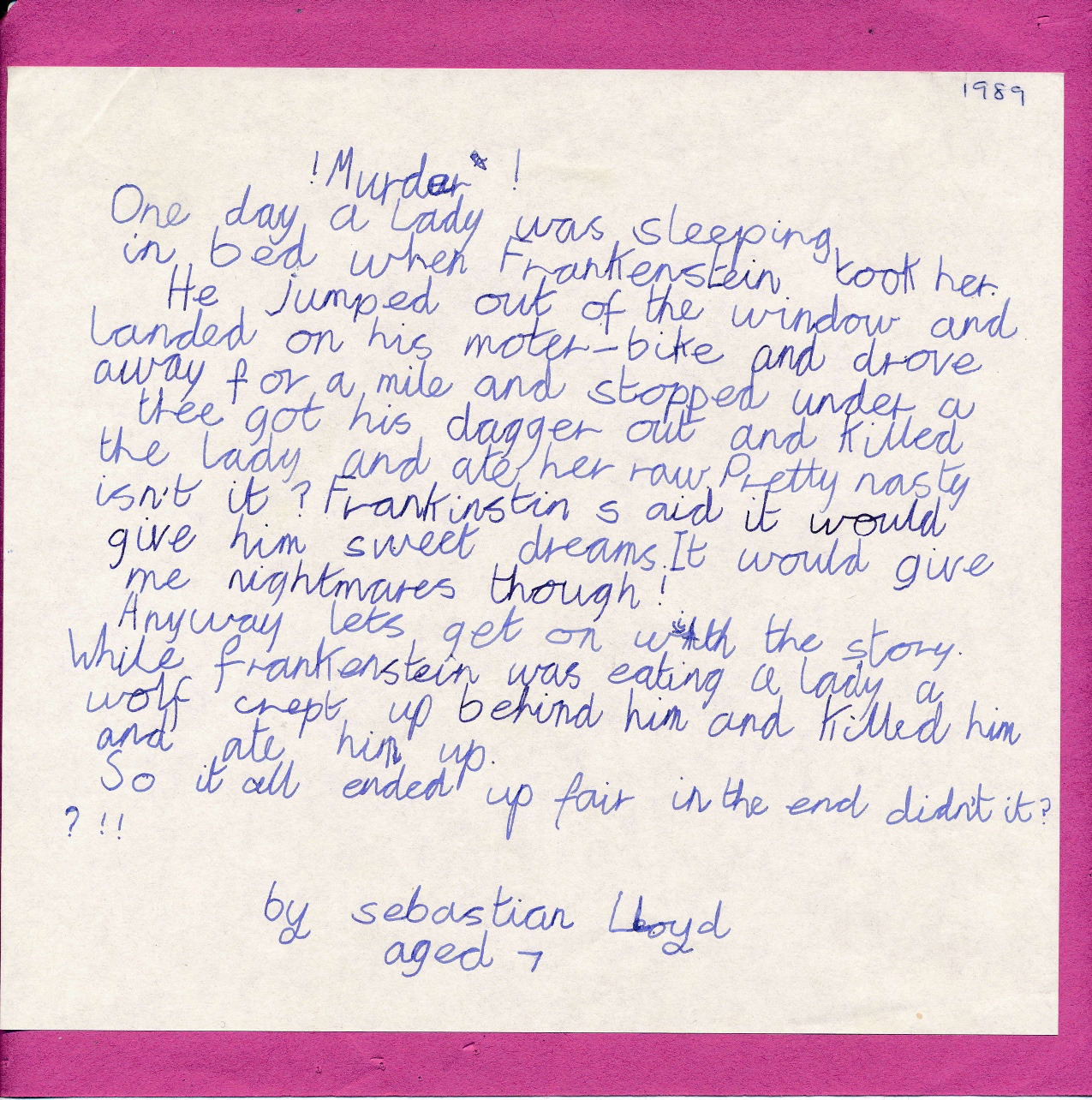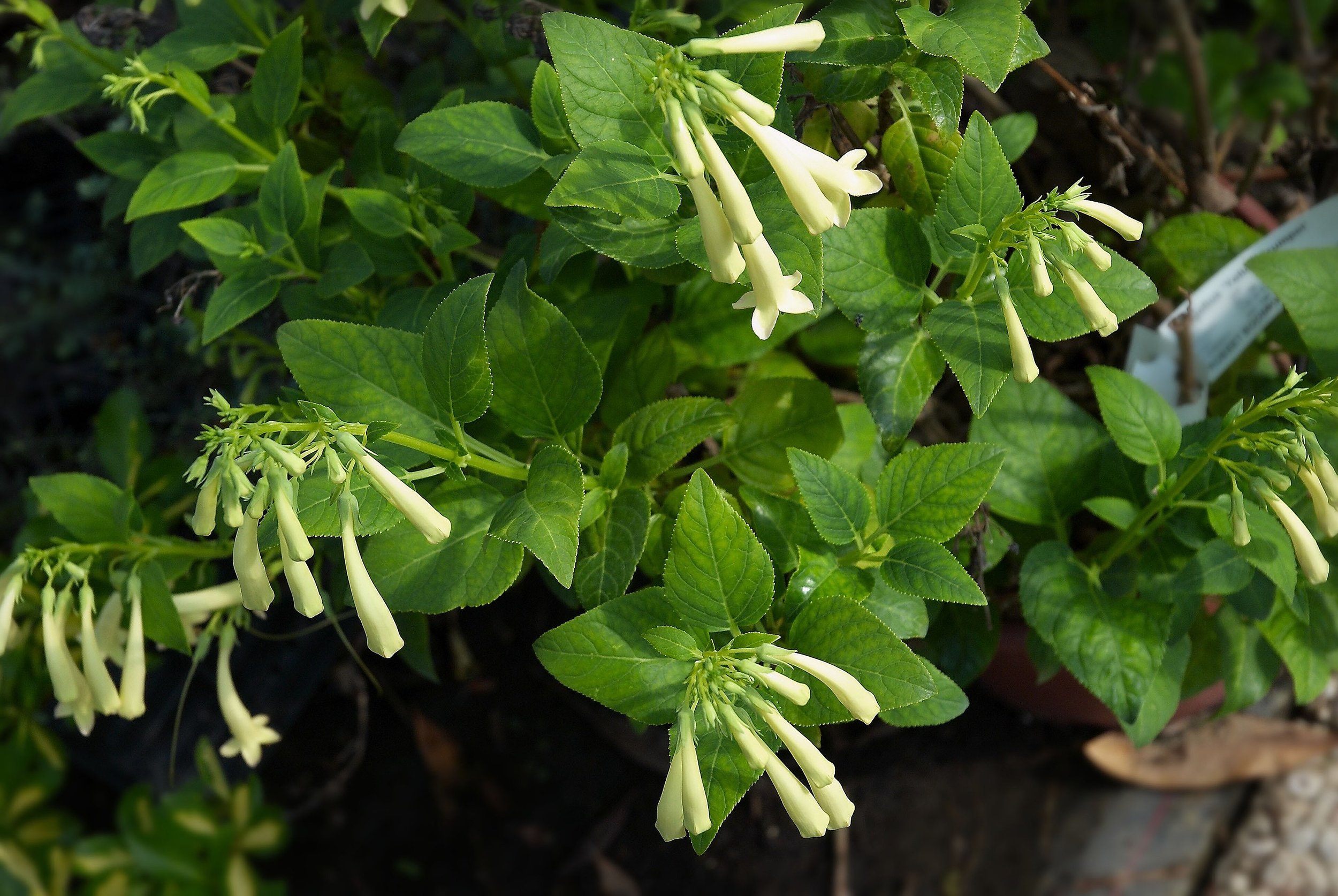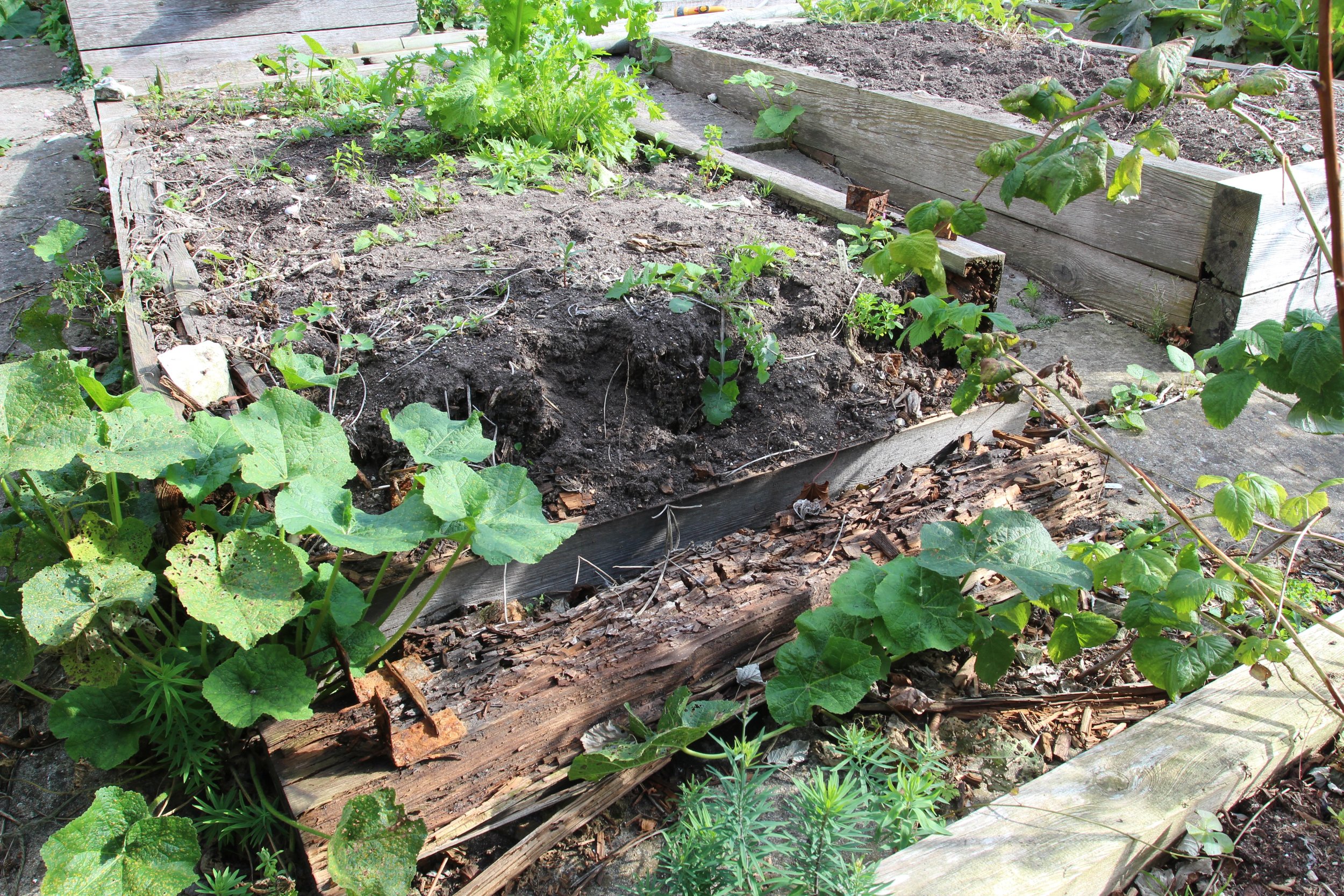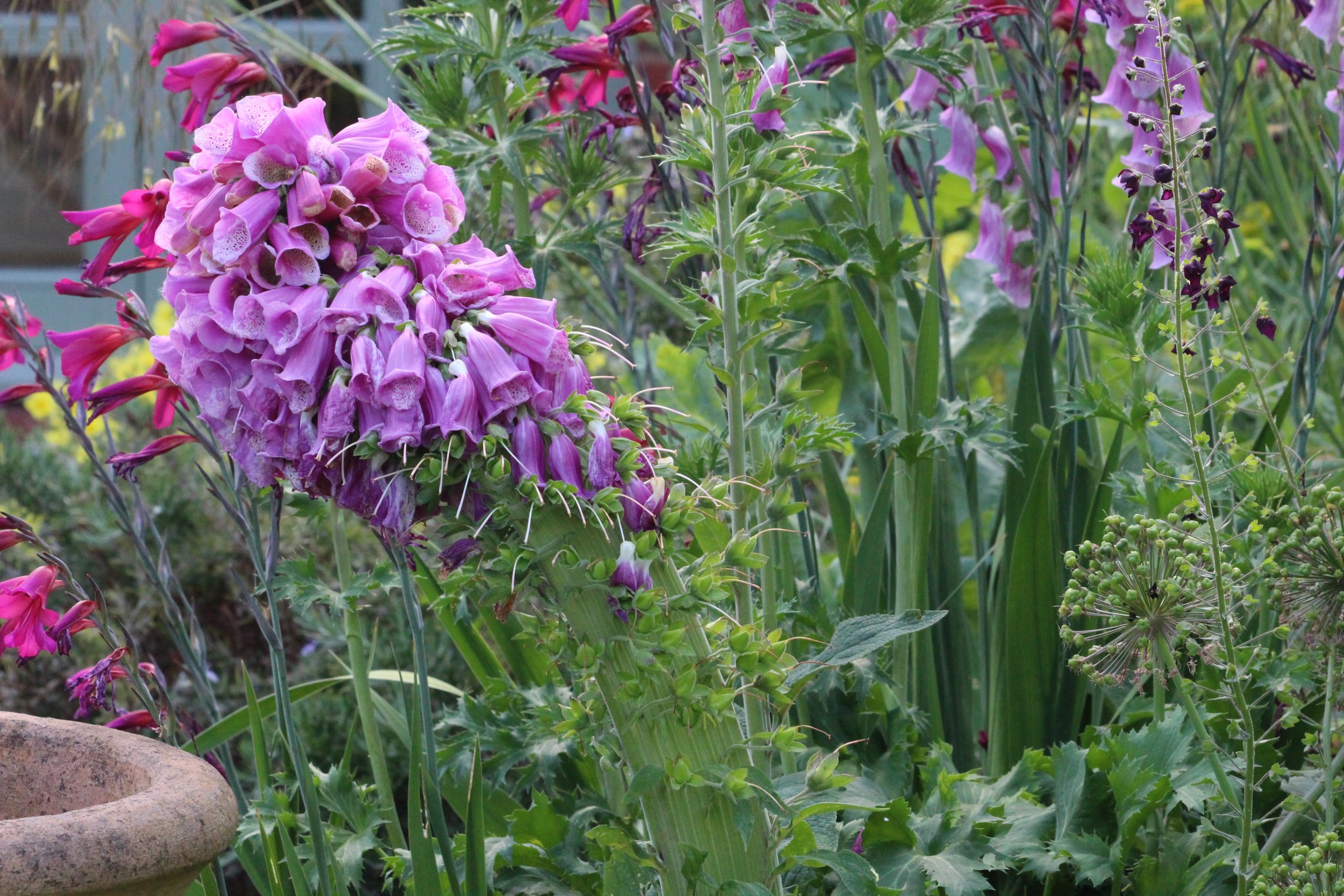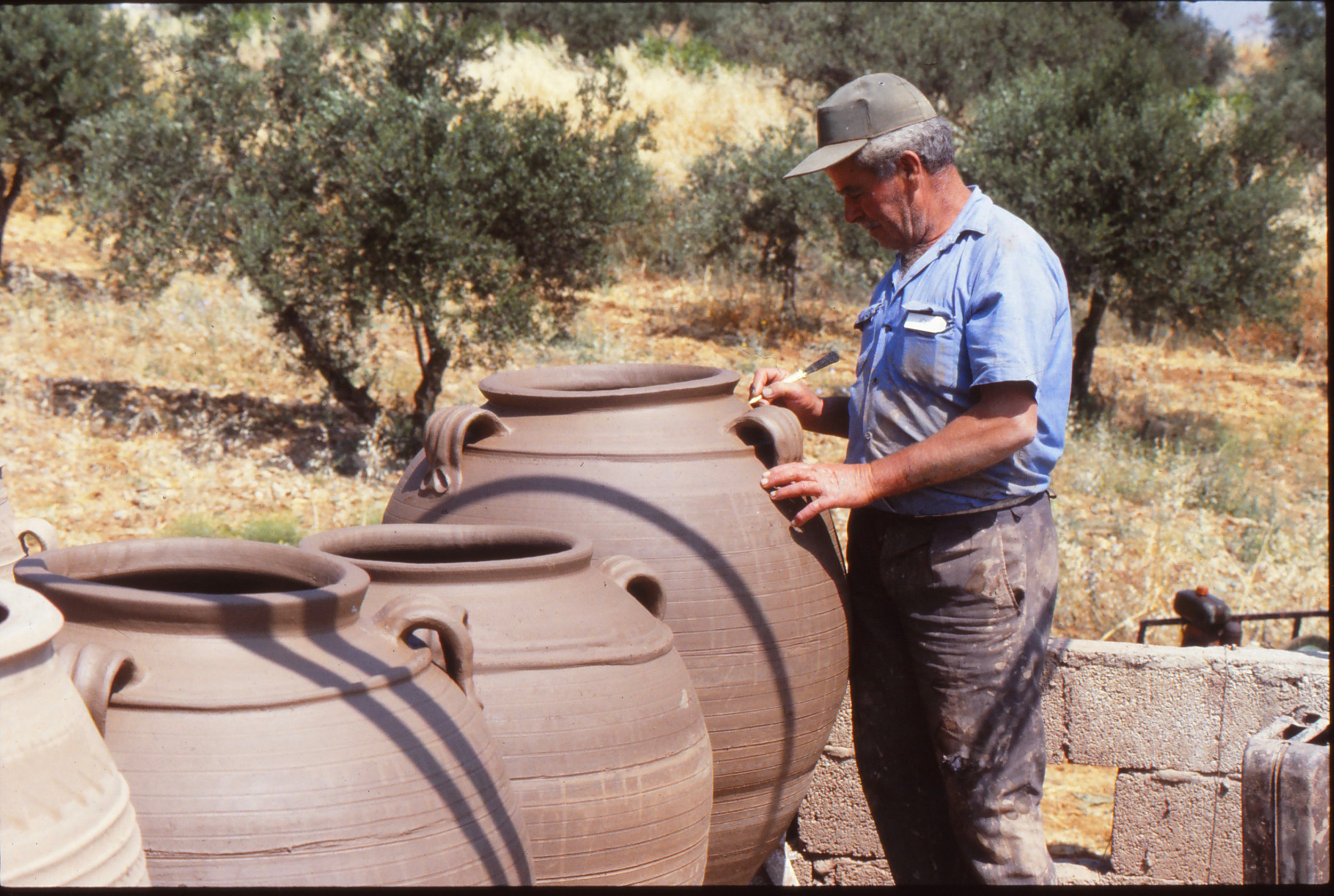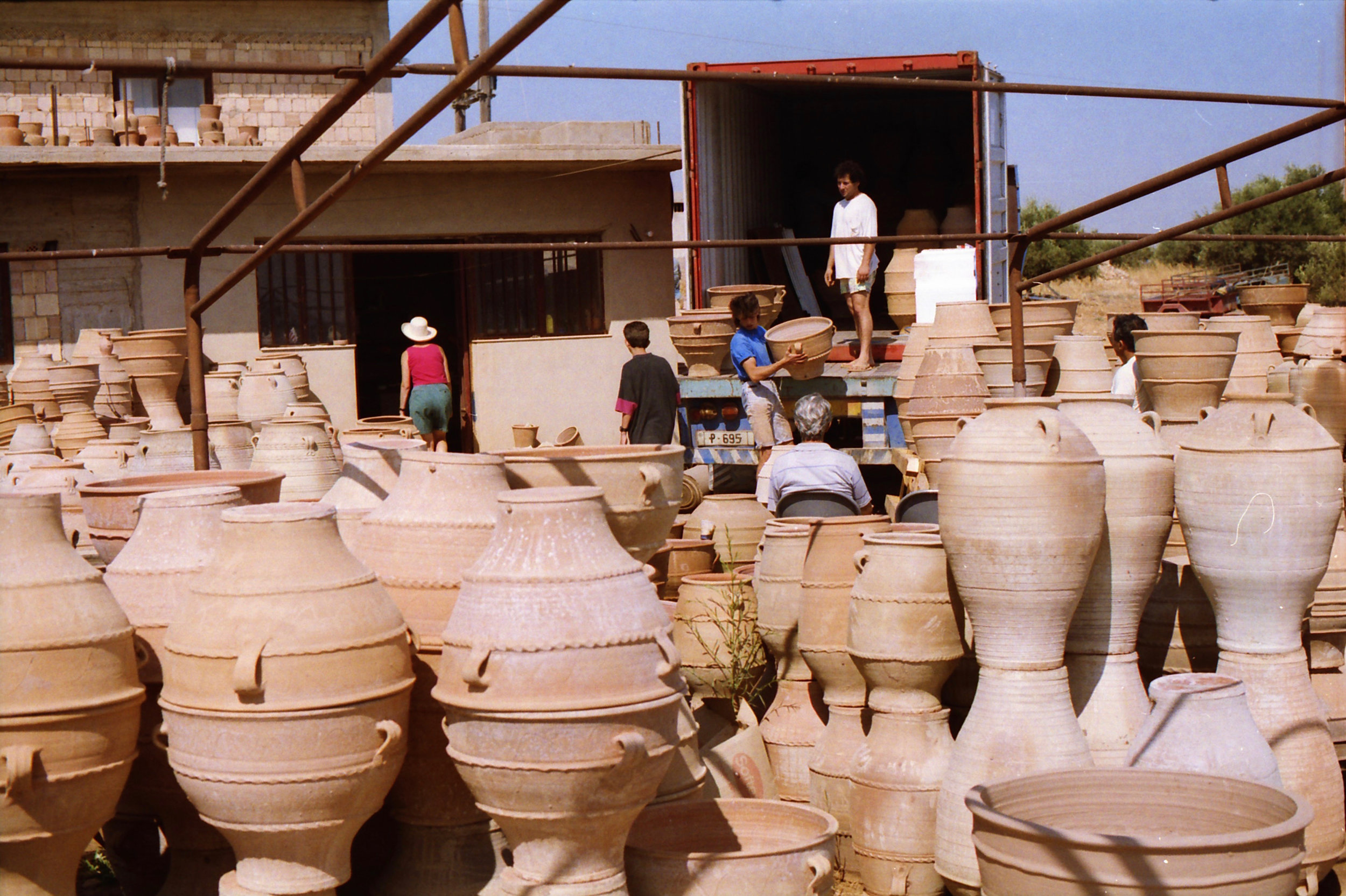One of my occasional readers has contacted me to say I’ve not mentioned Taz the dog since my December musing. Well, that’s the trouble with being an occasional reader…Taz got a plug and a photo in January and another in July but I admit that other subjects have rather got in the way this year. So, to stifle any complaints and to update you all here’s a photo of, not only Taz but our latest addition, Inky the Second:
Inky is a greyhound lurcher, unlike Taz who’s a whippet lurcher. DNA tests, which our ever hopeful vet says we can do on the dogs (at a cost of course) would ascertain their parentage but we reckon Inky has saluki in her while Taz has the much more elevated genes of an Egyptian pharaoh. Both are rescue dogs but poor Inky comes from a gypsy background without any training at all and precious little love so is ridiculously grateful for now having a proper home. So much so that she began by dropping us smelly parcels of joy around the house but, even though she’s a bear of little brain, we think/hope/pray she’s starting to realise outside is better. It was of course very important that Taz took to her otherwise his royal nose would have been seriously put out of joint…here’s their initial introduction just over four weeks ago.
Since then they’ve been getting used to each other in typically doggy ways: frenetic dashing around the garden and on walks at speeds that Usain Bolt would admire, wrangling over who sleeps where, squabbling over their toys, jostling for our affections and of course endlessly tussling to prove who can out-biff who.
One thing Taz the dog has taught Inky is to look out for Taz the postman. Taz the briefträger comes armed with treats, as all sensible postmen do, and it wasn’t long before Inky learnt to be first out of the front door whenever she hears the crunch of gravel.
In case your curiosity has been aroused I should explain that my attempts at learning German many years ago were greeted with a school report that told my parents that I was ‘Hopelessly at sea’, which I thought was remarkably unfair, even libellous. I have used the phrase ‘Haben sie etc’ many times over the years and it has served me well. I am now teaching it to the dogs.














